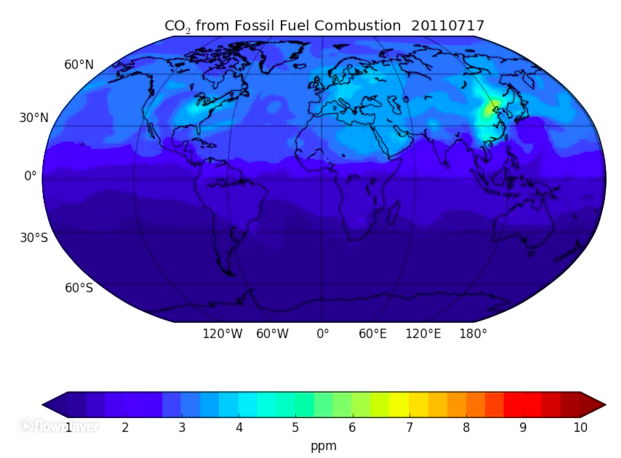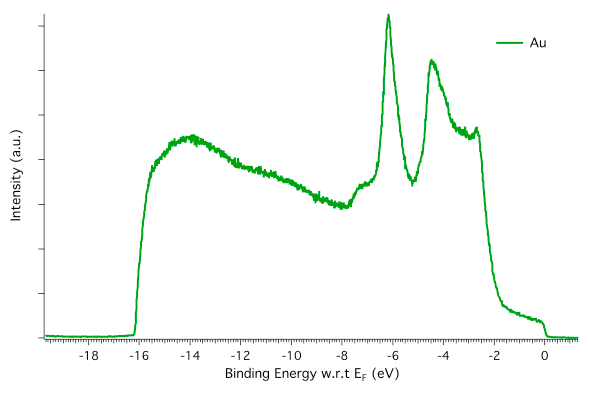I am so thankful to everyone who attended this colloquium in the physics department at Colorado School of Mines. Our discussion began back in the 1880s with Hertz’s 1st observation and covered many practical aspects of photoelectron spectroscopy. In case anyone wants to look over the presentation, it’s here for you. Please cite it appropriately if you use any parts of it (as you see that I’ve done!). xps-colloquium-2016-web
Category: Teaching
A Lesson on Climate Change

This semester I have the great fortune to teach on the subject that drew me back to college with hopes to do important and meaningful work: Energy. As the semester ramped up, one of the first lessons has stayed on my mind. Our energy use and impact on the climate have begun and will continue to change our comfortable little biosphere for at least the next hundred years. That is even if we completely turn about face and lower carbon emissions tomorrow. That’s because of the large and rapid release of green house gasses during our industrial revolution. In other words, a return to pre-industrial carbon cycle equilibrium is not likely this century, and even this millennium. What’s likely, are each and every one of us seeking more energy resources to increase our quality of life and impacts on the biosphere. Looming effects are on sea levels, ocean life, extreme weather, water and food resources, arable land, diseases and huge losses of biodiversity. These factors determine the biological health of our ecosystem. Some tout the opportunities of climate change for economic growth, which is very optimistic. More likely are enormous costs of rebuilding and loss of life. Some point out that our climate models are unable to predict the effects for CO2 levels above 400 parts/million and unknown feedbacks (these compound compound green house gas effects) such as unforseen rapid ice melt or early spring thaws, could make the earth hostile for humans, which is on the other hand very pessimistic. Regardless in our beliefs, economic interests or trust in human knowledge, our home is changing and it is our responsibility to ensure survival of the human race.
In many ways we have failed to provide sustainable life to our cohabitants on earth going back in time to the Mammoths (hunted to extinction by humans 10’s of millennia ago), the American buffalo (joyfully exterminated by railway sportsman in the 1800s) and nearly U.S.A.’s own symbol of freedom, the bald eagle.
Our environment sustains us and its health now and in the future will determine ours. Given that our world is changing and us with it, to secure our own survival we’ll need to provide clean air, water, food access and shelter for a very long term. For all of these basic human needs we will need energy and LOTS of it! Now, what would a sustainable energy portfolio look like?
A lesson in Ultraviolet Photoelectron Spectroscopy

This fall, I had great fun teaching a graduate lecture at the Colorado School of Mines on the topic of Ultraviolet Photoelectron Spectroscopy (UPS). The first question I asked the students was “How many of you have taken some form of solid-state?” About half the hands went up. But for the lecture, we needed a bit more background. Very quickly we covered the band structure of metals and semiconductors, the Fermi energy and why these are so important for technology. What impromptu fun that was! At this point, we were able to really dive into UPS with diagrams and the key properties observable with UPS. I handed out data I had taken on gold and fullerene thin films. After explaining how to analyze the gold spectrum, students worked in groups of two and three. I attempted to view their learning experiences with fresh eyes and to encourage curiosity on the spectral details. After calculating the the work function and ionization energy of the separate materials, we constructed a band diagram for this hybrid heterostructure and enjoyed a brief discussion on the molecular structure of C60. The lesson outline and sample data are available here: UPS lesson (PPT).
